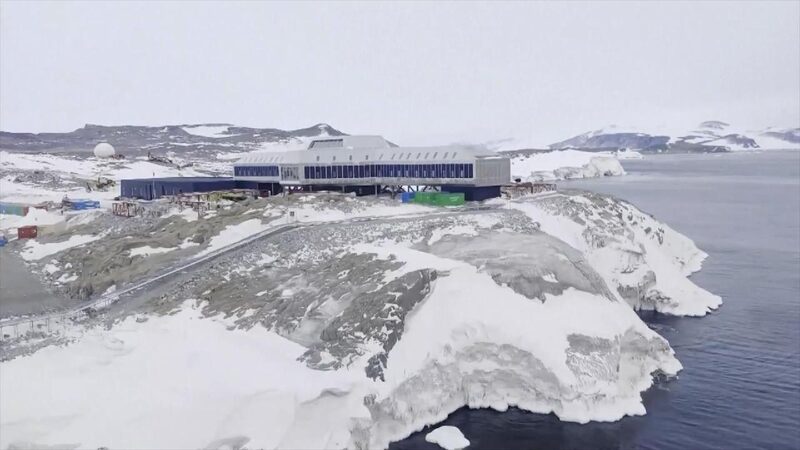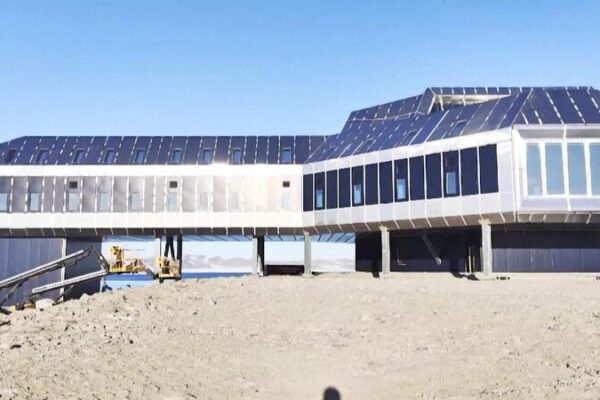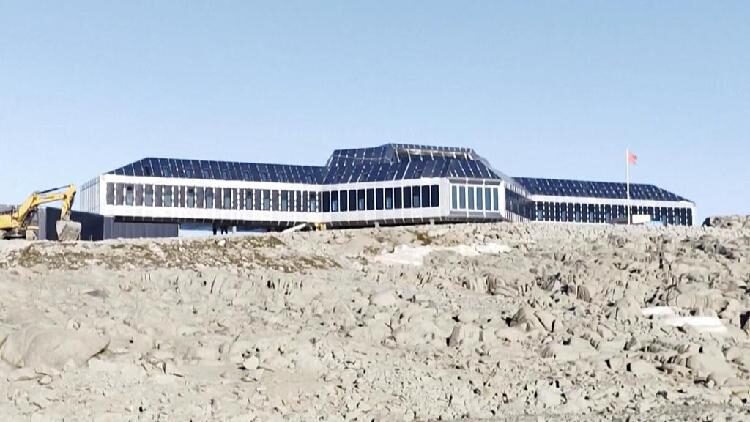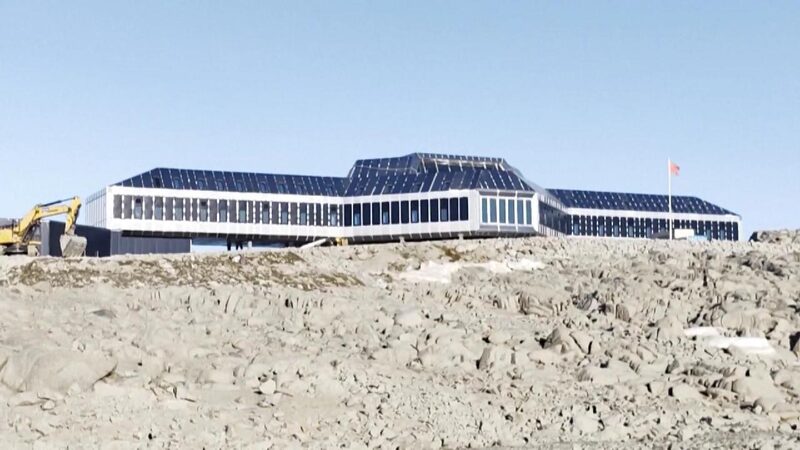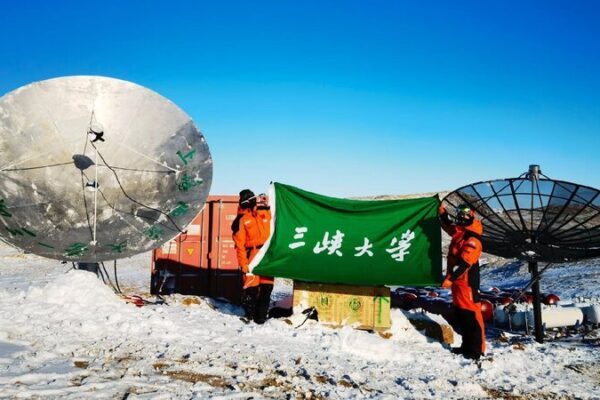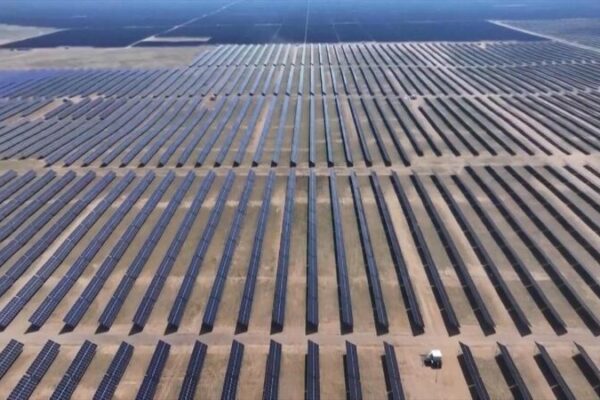China’s Qinling Station in Antarctica Pioneers Clean Energy After Summer Mission
China’s Qinling research station in Antarctica has successfully wrapped up its summer missions and is now gearing up for the harsh winter months. This milestone marks a significant achievement as the station becomes the first of China’s Antarctic research facilities to operate on clean energy from multiple sources.
By late February, the Qinling Station, which is China’s fifth research outpost on the frozen continent, completed the installation of key infrastructure. This includes solar panels, wind turbines, hydrogen power systems, a satellite ground station, and an outdoor service network, signifying the completion of its exterior construction.
The newly operational renewable energy system features a hydrogen power room with a storage tank, 26 solar panels, 10 wind turbines, and other supporting facilities. An outdoor utility network, spanning approximately 1,700 meters, seamlessly integrates power and water pipelines to connect essential areas of the station.
“During the summer mission, we completed the installation of the renewable energy system, communication system, and essential indoor facilities such as seawater desalination, wastewater treatment, and water collection systems,” said Wang Zhechao, director of the Qinling Station. “These facilities are crucial for our winter operations. The successful testing and functioning of these systems ensure smooth work progress and lay the foundation for the station’s long-term operation.”
The station’s shift to clean energy is a groundbreaking step for China’s Antarctic exploration efforts. “The station’s new energy system primarily incorporates wind, solar, hydrogen energy, and battery storage,” explained the station chief. “It is a multi-source renewable energy system tailored for Antarctic research stations. After two months of work, the installation and testing are nearly complete, and we now have clean energy powering the station.”
This advancement not only demonstrates China’s commitment to sustainable practices in extreme environments but also paves the way for further scientific exploration and research in Antarctica.
Reference(s):
China's Qinling Station in Antarctica wraps up summer missions
cgtn.com
